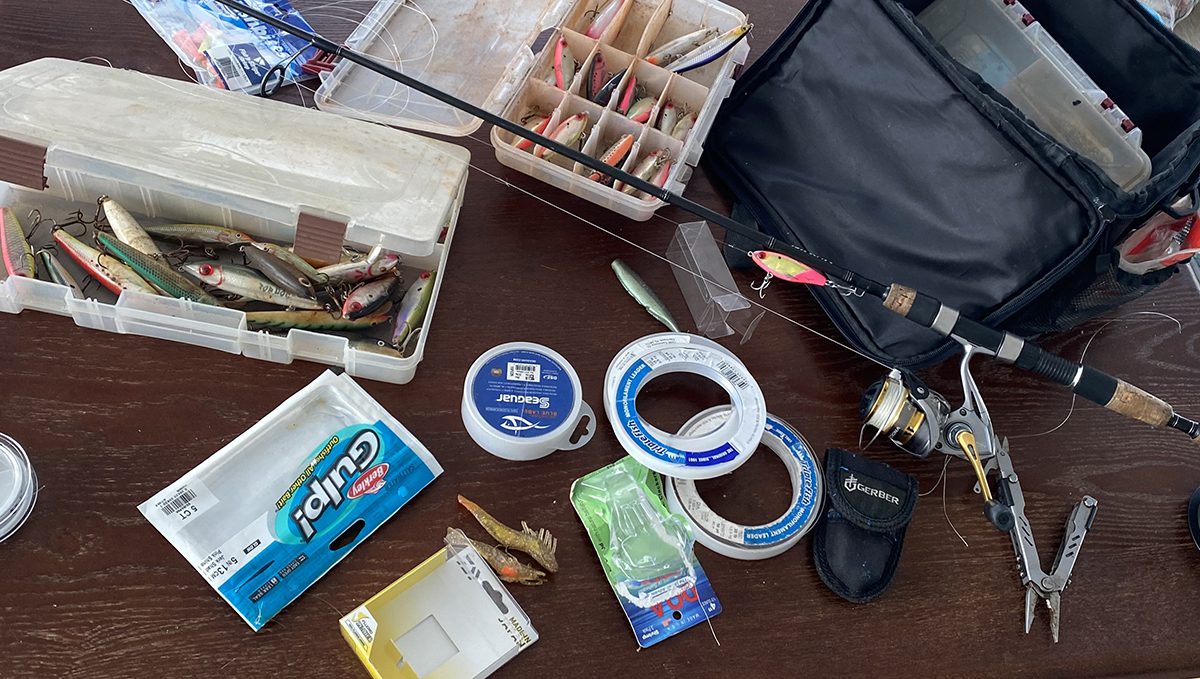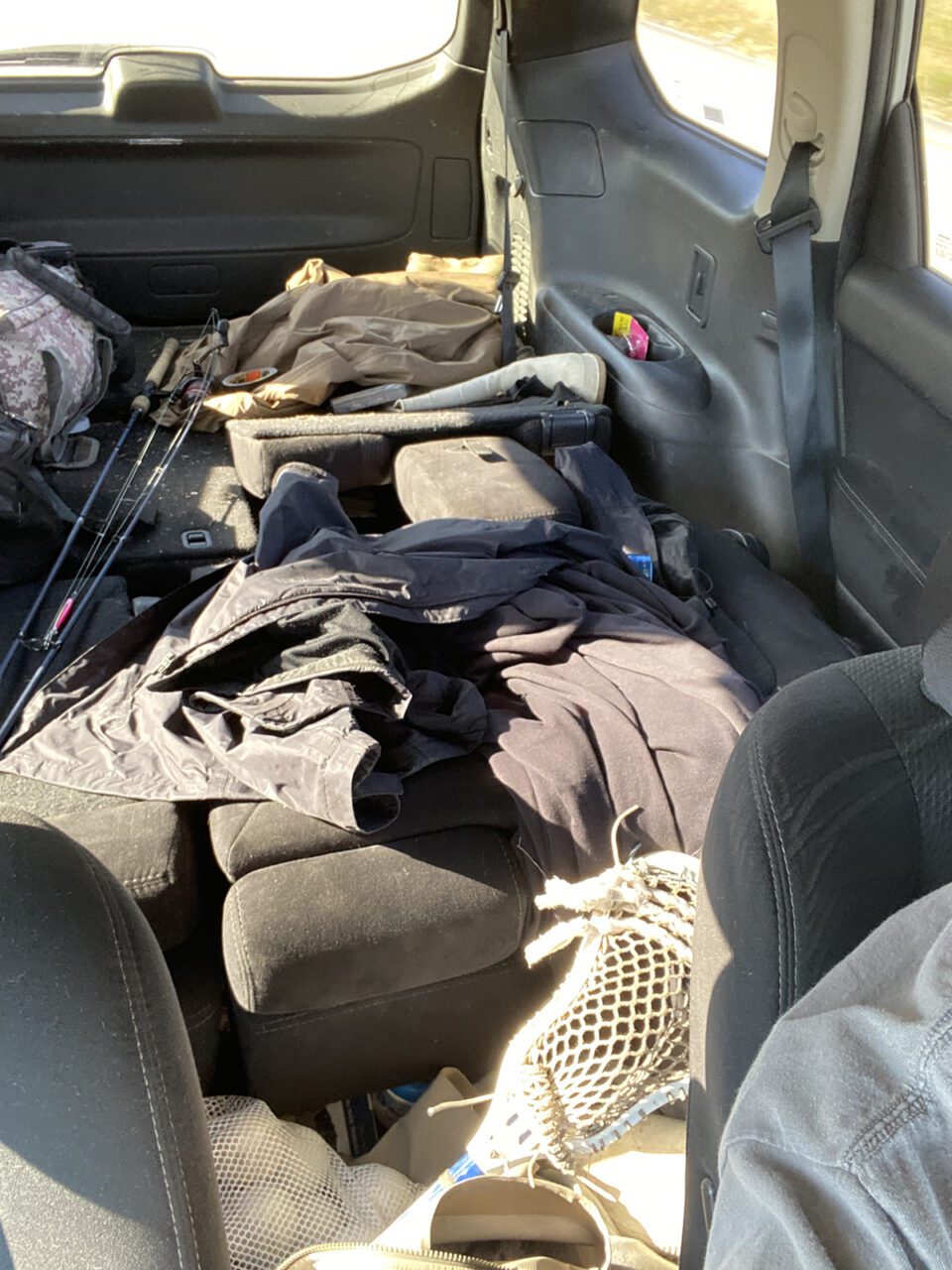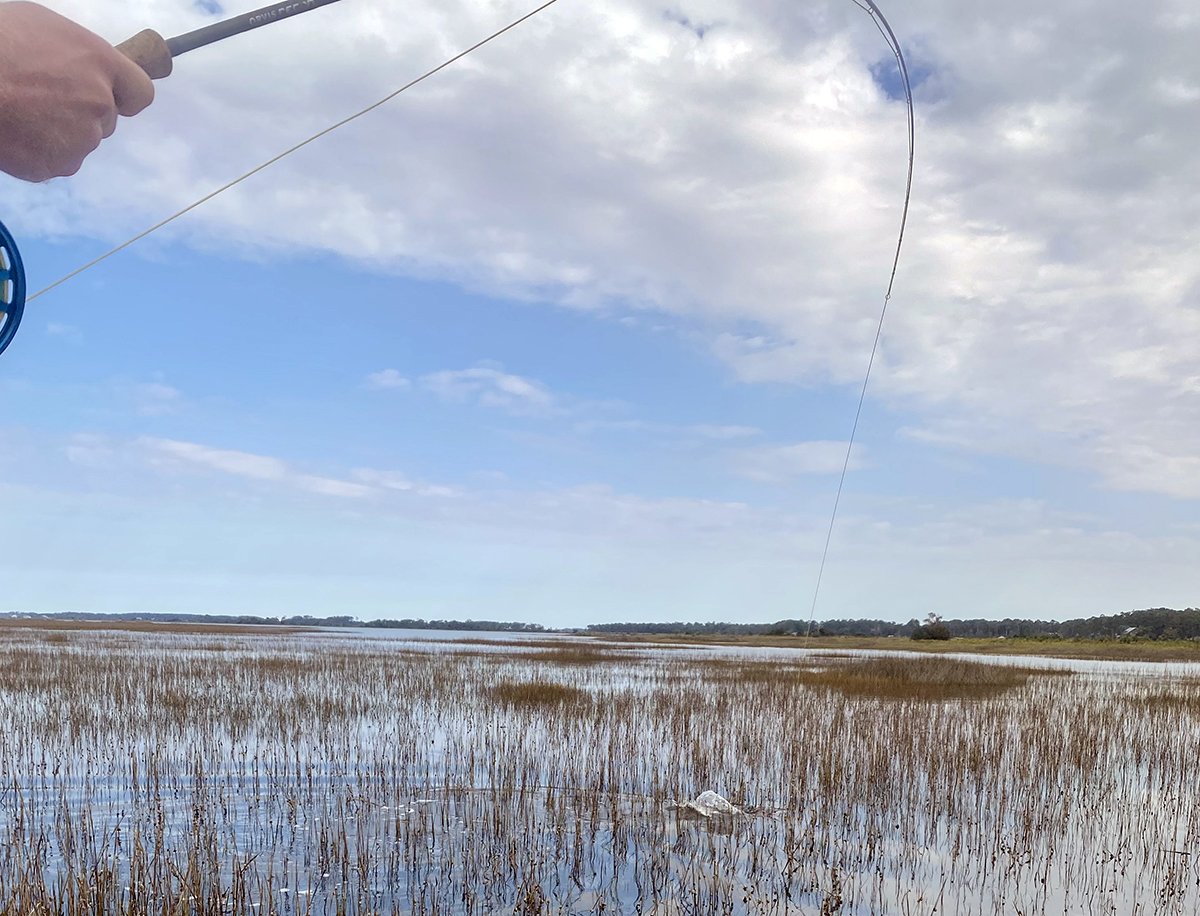
First light.
Your buddy told you the dawn bite was amazing. You get up at 4 a.m. and drive to the boat ramp. Grab your stuff and march to the dock.
Supporter Spotlight
Everybody is glad to see each other. Fist bumps and high fives are exchanged. Your buddy is impatient and wants to get going. You head out into the beauty of a rising sun. After a bit of a run, during which you notice him taking some tortuous turns to stay in an unmarked channel to get back to what is, pretty obviously, if not a secret spot, then one that doesn’t get much traffic.
He shuts down the motor, grabs his rod and catches a fish almost immediately.
You are left sitting there because you have not prepped your gear, it’s still a little dark and you are having trouble because it’s difficult to see.
“Didn’t you rig up last night at home? I texted you with which lures to have rigged up and how to set them up,” your buddy grunts as he sets the hook into what appears to be another really nice fish. You still have not gotten your lures out of your tackle bag.
It takes you a solid 15 minutes to tie your knots, find your lures, set them up, and finally you notice that, in your haste, (He just caught another one.) you have mis-threaded the line on your rod and have to start all over.
Supporter Spotlight
If you recognize yourself here, I’m sorry.
Well, in this case, I would have little sympathy. I am meticulous about setting up the night before. I recently joked with a friend that I have probably spent half of my adult life rigging fishing tackle at the dining room table.

While that may be a slight exaggeration, it is an accurate portrayal of how I prepare. Let’s spend some time and get ready for an early morning fishing excursion.
On the night before, get all the gear you think you might need and get it spread out in a well-lit area. I joke about the kitchen table because that seems to be the biggest, brightest area in my house. But if you have a well-organized work area you usually use, then that is perfect.
Let me point out a potential hazard: ceiling fans. These are the single biggest killers of fishing rods in the home, with a close second being the screen door that swings closed automatically.
Once you have everything spread out, determine exactly what you are going to be doing first thing. If you are going to be running to artificial reefs to bottom fish, then get your favorite rod and the hooks you prefer and tie up those bottom rigs or jigs just the way you like them.
Let me add that if you need to get bait, you need to be procuring that well in advance.
If you are drifting live mullets on Carolina rigs, best bet is to get your cast net out the day before and have a way to keep them alive overnight. If your goal is to be casting lures for speckled trout in the hot creek, then determine your favorite and have that rigged and ready with freshly tied-on leader line.
I like to have two rods rigged and ready with contrasting styles of plugs to hit different situations that may occur. If I’m going to be fishing slow-sinking plugs for the majority of the time, I’ll pick my favorite color and put that on one rod and then I’ll have a topwater plug ready on my backup rod — or whatever I think I might want on that second rod ready to go at a moment’s notice.
Decades ago, I used to fish with a guy who would make a point of chanting, “Down Time!” when somebody would get a tangle or a mess up with their tackle. I still think about this all the time.
Let’s say we’re going to hit the beach on a cold November morning. It’s a nearby beach and we’re going to cast MirrOlures for speckled trout. Prep the gear the night before. Make sure that all is as it should be. No mess ups in the rod, reel or line. Hooks are sharp!
Quality time is spent with fishing companions. Let’s load all the gear, carefully arranging everything in the truck: rods, waders, gear bags, coolers, drinks — it’s quite a logistical operation.
Get up in the morning. Coffee pot was set up the night before after watching the football game, so it’s hot and ready as we walk out the door.
Since everything is loaded up, all we have to do is get dressed and hop in the truck, get to the parking spot, get waders on, grab rods and walk down the sand.

Nobody else has arrived at the spot, but this will change soon. The sun is just a hint on the horizon. Make a cast and hook up on the first shot. All three of us have fish in the first minute of being out there. Each of us lands two fish before any other anglers make an appearance.
Now let’s assume that we weren’t ready the night before.
That first light bite when surfcasting for trout often means everything. And sometimes when additional people start in around the spot where you were just catching them, it slows down.
Each minute that was lost tying a knot in the dark, or untangling lines, finding waders in the garage, or even just waiting for the coffee to brew, could mean the difference between getting those first bites — and often the biggest trout in a school will be the most aggressive — and getting leftovers from somebody else.







